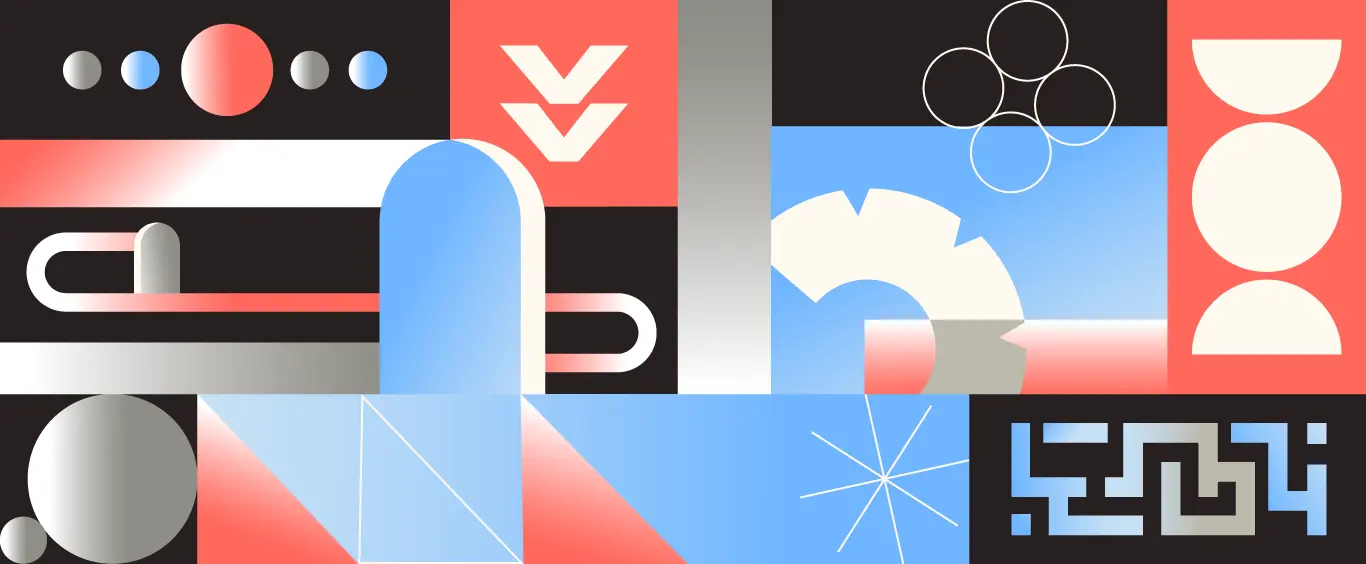Have you ever tapped a button or tried to close a pop-up, only to end up on a page you never meant to visit? Or found yourself halfway through a checkout for something you had zero intention of buying?
It’s not you. It’s design being used the wrong way.
We browse the internet on autopilot following patterns we’ve learned from years of using websites and apps. And sometimes, those very patterns get twisted to push us into actions we didn’t choose. In UX, we call these dark patterns.
The term was coined by Harry Brignull back in 2010. He described them as “tricks used in websites and apps that make you do things that you didn’t mean to.”
Brignull also documented the most common dark patterns, from trapping users in flows that are intentionally hard to escape, to guilting them into accepting terms, or nudging them to share personal information without really understanding what’s happening.

Your Starting Five
Over time, some dark patterns, especially those involving personal data, have become illegal in places like the UK or the US.
Building on Brignull’s work, the UXP² Lab at Purdue University identified five core types:
Nagging
Small interruptions that break the flow of what the user is trying to do. Think of pop-ups that keep resurfacing, covering the interface and nudging you away from your actual task.

Obstruction
Making a task harder on purpose. The goal is to dissuade the user from taking a specific action, often the one that’s least beneficial to the business.

Sneaking
Delaying or hiding important information so users take actions they might avoid if they had the full picture. A classic example: extra fees that appear only at the last step of checkout.

Interface interference
Manipulating the interface so some actions are harder to find, harder to understand, or appear inactive. A common trick is styling a critical link so it looks unclickable.

Forced action
Requiring users to complete an action before they can access a feature. Sometimes it’s explicit (“accept all to continue”), other times it’s disguised as a helpful option that… isn’t really optional.

Is it beneficial to implement dark patterns?
Short answer: no.
Sure, they might bump conversions in the short term. But users aren’t naïve, when they feel tricked, trust evaporates. And when trust goes, so does loyalty. That’s when negative reviews appear, support teams get overwhelmed, and brand reputation starts taking hits.
Dark patterns evolve constantly as companies try to stay ahead of regulations, leaning on psychology to influence decisions. Meanwhile, privacy advocates and consumer groups keep pushing back.
As designers, we’re responsible for advocating for transparency, and helping teams understand the long-term risks behind “quick-win” tactics. Ethical design isn’t just good practice; it’s good business.
References
https://darkpatterns.uxp2.com/
https://uxdesign.cc/dark-patterns-9893291b5850
https://www.deceptive.design/types
https://www.pwc.com.au/digitalpulse/dark-patterns-ux-user-experience.html
https://www.smashingmagazine.com/2020/05/convince-others-against-dark-patterns/
Further reading
crsreports.congress.gov/product/pdf/IF/IF12246
Bringing Dark Patterns to light








